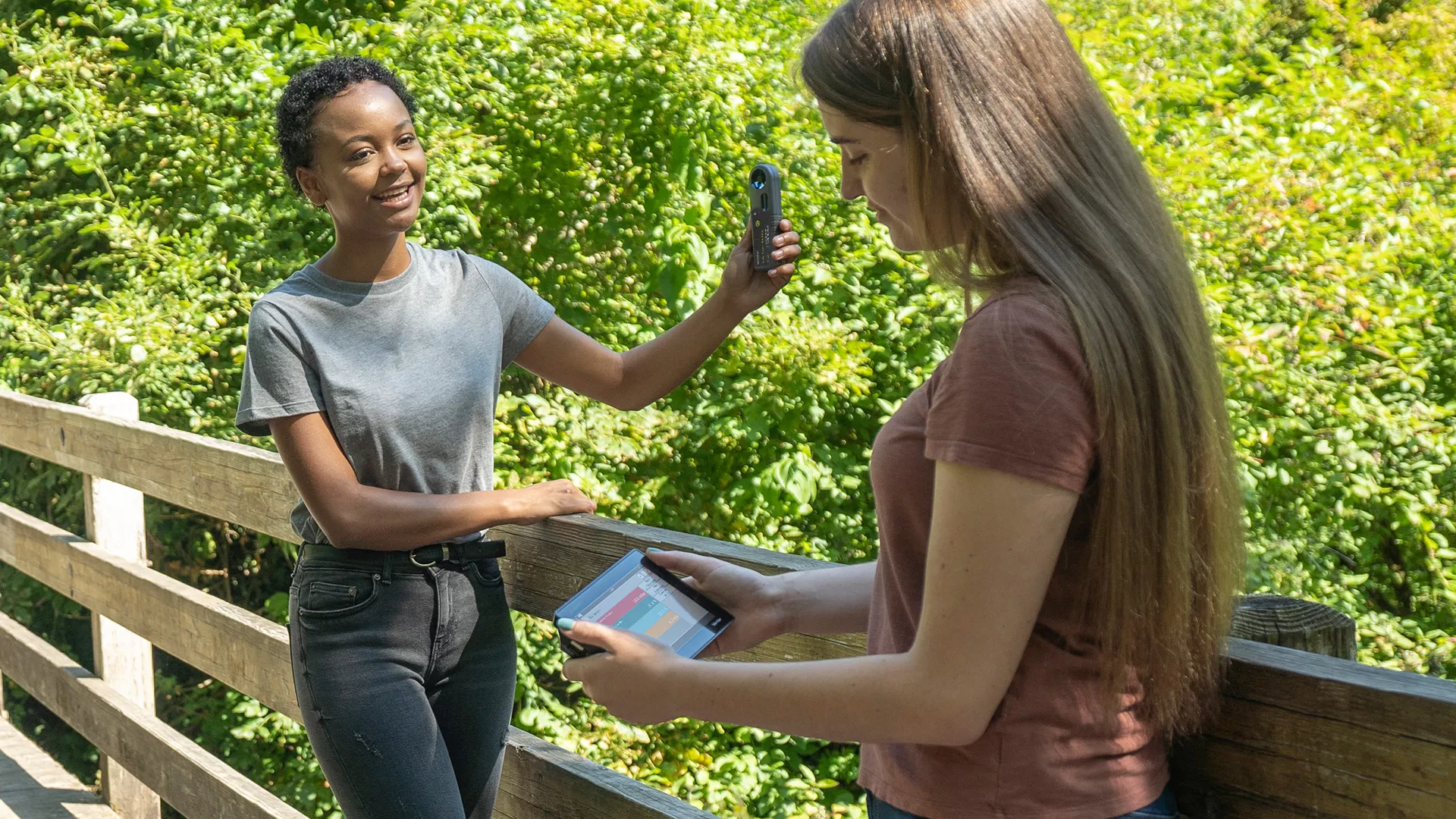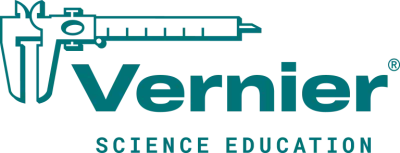Imagine a STEM classroom where students get to act as geoscientists as they study the composition of soil. Or, one where they get to put on their chemist hats as they safely observe the reaction between food coloring and bleach. Or, one where they think like environmental engineers as they investigate water samples from a nearby lake.
Integrating scientific concepts with real-world applications such as these is one of the best ways to engage students in three-dimensional learning—a model for building students’ science proficiency as outlined by The National Research Council's (NRC) Framework for K–12 Science Education. This approach emphasizes hands-on learning as a way for students to answer scientific questions and make sense of the world around them.
Probeware is a key link to this type of teaching and learning. It not only helps students explore natural phenomena in a data-driven way, it makes meaningful hands-on learning possible in today’s science and STEM classrooms.
What is probeware?
As described in the white paper, Exploring the Data: A Comprehensive Review of Research on Probeware and Three-Dimensional Teaching, probeware is technology that allows probes or sensors to collect data and link that data to computers or mobile devices for analysis. This enables students to collect, analyze, and interpret data in real time.
A wide variety of probeware can be used in science and STEM classrooms to provide real-time data collection activities that provide a deeper look at STEM topics. At the elementary level, this most commonly includes using probeware to measure light, distance, or temperature.
In middle and high school, students increasingly work with multiple probes to collect and interpret data on pressure, color, pH, light, magnetic fields, relative humidity, salinity, oxygenation, force, and velocity, for example.
How does probeware support student learning?
Probeware can enhance teaching and support hands-on learning as students act as real-life scientists. As detailed in the white paper, the technology specifically enables:
Learning through investigations. Probeware provides a tangible, interactive way for students to engage with scientific concepts. By using these tools, students can actively conduct investigations, gather data, and observe results, making abstract concepts more concrete and understandable.
Real-time data collection. Probeware enables the collection of real-time data and the immediacy helps students make direct connections between the phenomena they are observing and the data they are collecting.
Enhanced understanding through visualization. Supporting software, such as that provided by Vernier, often includes visualization tools that help students analyze and interpret the data they collected using probeware. Graphs, charts, and other visual representations of data can make complex concepts more accessible and easier to understand.
Encouraging exploration. With the ability to make accurate and precise measurements, students can explore phenomena that are otherwise not easily observable in a classroom setting. These precise measurements allow students to experience phenomena from an experimental perspective that would otherwise be constrained to only theoretical observations. This fosters a sense of curiosity and encourages a deeper exploration of scientific phenomena.
Developing scientific skills. Using probeware helps students develop important scientific skills, such as hypothesis testing, data analysis, and critical thinking. It aligns well with the Framework’s emphasis on process skills and understanding the nature of scientific inquiry. Students use scientific skills as tools to know the world around them. Probeware supports these skills by furthering students’ investigations of natural phenomena with added precision.
Regardless if you are new to implementing probeware or an experienced user, research backs up why this technology should be part of your teaching toolbox—it supports authentic learning, improvements in science content learning, and enhanced computational and practical skills. Importantly, it also shows that probeware can boost student interest and engagement in STEM, which goes a long way in students sticking with science and STEM as they enter college and the workforce.
Want to learn more about the benefits of using probeware? Check out Vernier Science Education’s Exploring the Data: A Comprehensive Review of Research on Probeware and Three-Dimensional Teaching white paper. Looking for innovative ways to use probeware in your classroom? Check out the Vernier Blog for tips, lessons, and educator best practices.
Join Us Today



